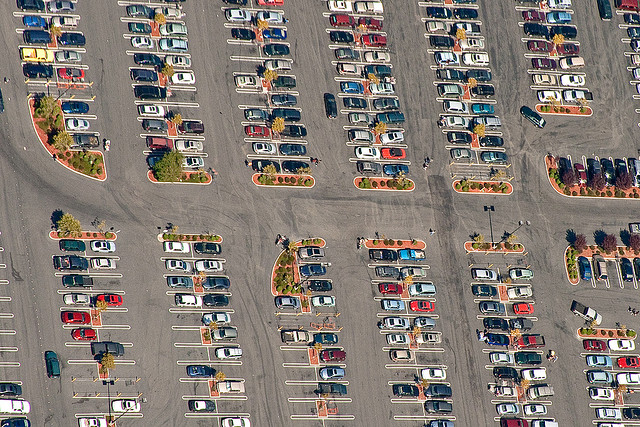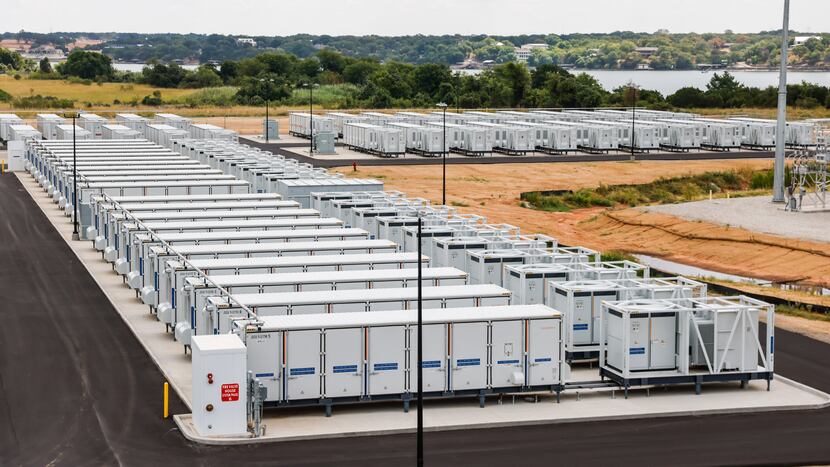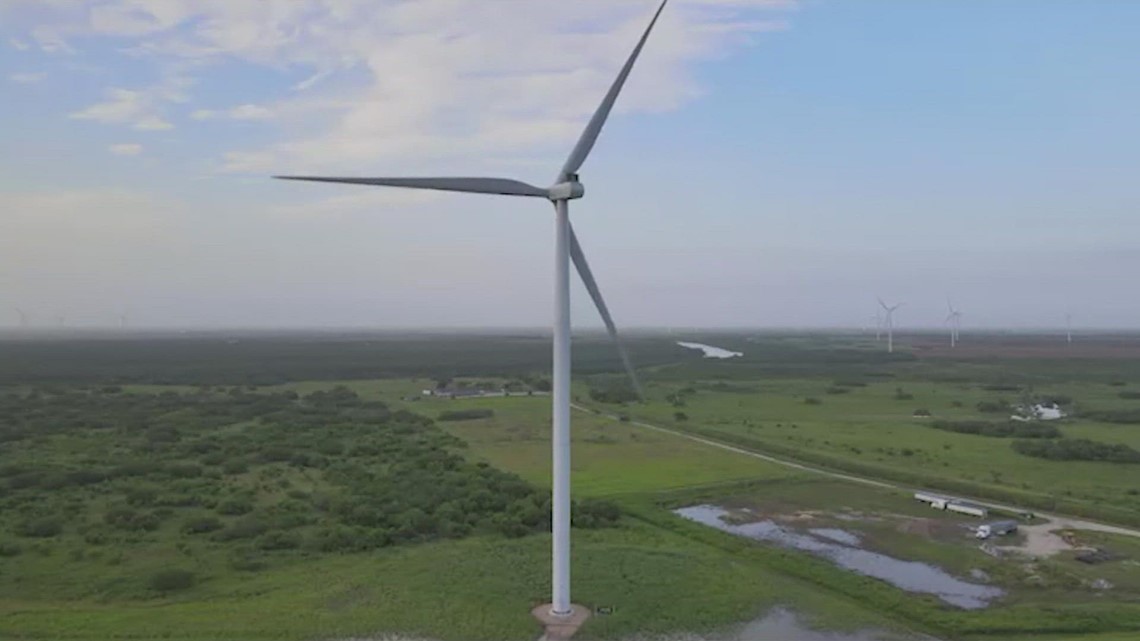Based on what? The "energy density" of solar and wind are horrible compared to nuclear-the amount of land area that must be covered for the same power output is orders of magnitude larger. Add to that, nuclear of course is not an unstable, intermittent source, that depends on weather, latitude or if it's nighttime, or the wind isn't blowing. We still, desperately need nuclear, more than ever with the ever increasing demands for electrical power. We had the technology 60 years ago to produce nuclear plants that made far less waste, and that could process and used existing waste as fuel. Had we not wasted decades, we would have a clean, stable grid and not cover tens of thousands of acres with wind and solar farms.







